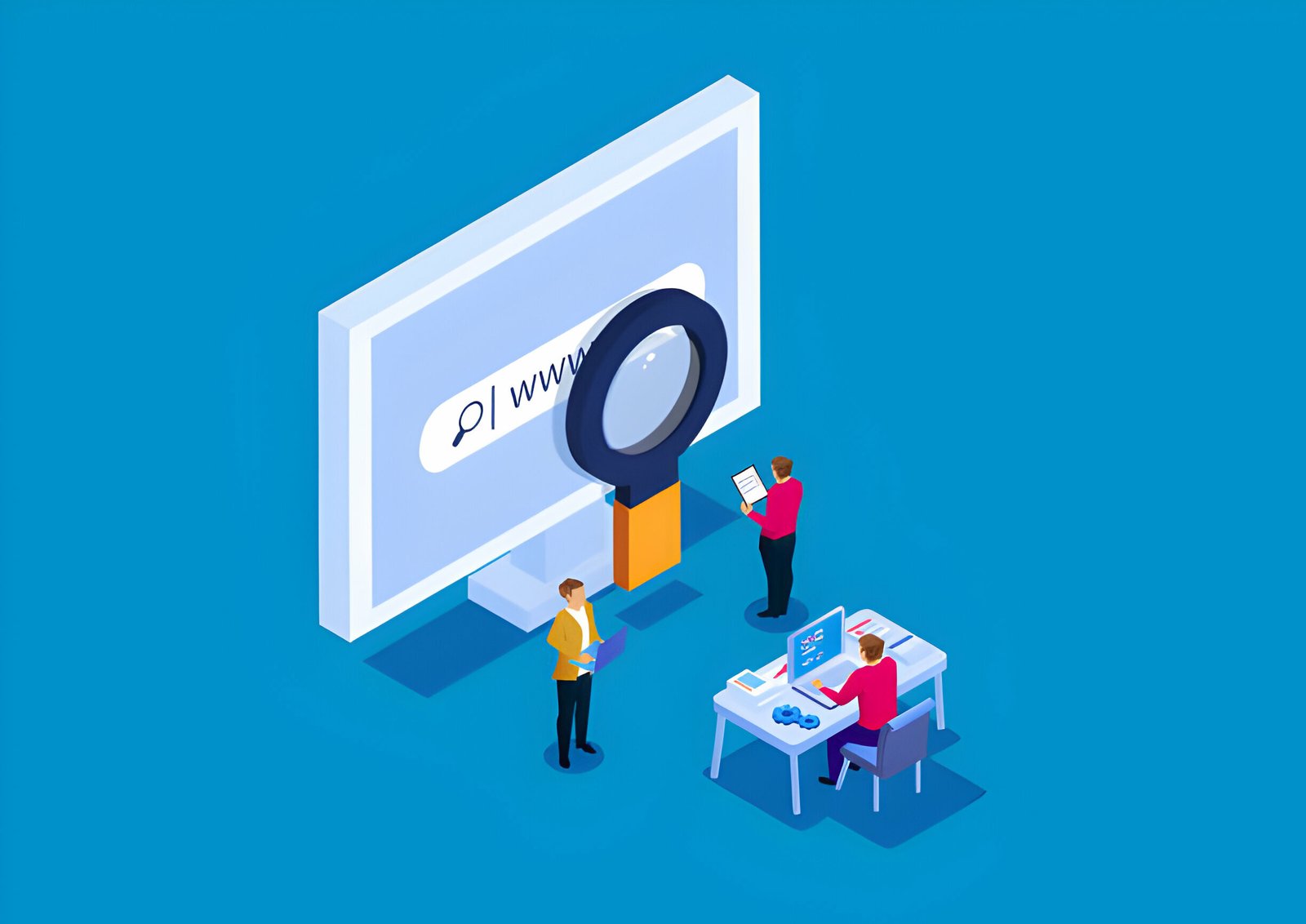A lot of webmasters get the wrong idea on what true on-page SEO is. The engineers at the major search engines like Google and Bing put up algorithms that can do much more than just detect if the content on your website is unique or not. Optimizing your on-page SEO is not about “tricking” the search engines. It is about doing the right things to meet their requirements and provide a good user experience to web searchers. In this article, I will show you how to do that.

Duplicate Content vs. Syndicated Content vs. Unique Content
I will start with a heavily discussed (and misunderstood) aspect on the subject: unique and duplicate content.
People often make the confusion between duplicate content and syndicated content.
The issue of duplicate content occurs when you have multiple pages on your own website that have the same content. This is not something that always happens on purpose. It may be a genuine mistake by the Webmaster, or it can be that the same page has different versions (one for desktop computers, a mobile version, a printable version, etc.).
There is no real “penalty” given by Google for this, but they certainly do not want the 2nd, 3rd and 4th spots on their results page to be taken by different versions of the same page. So what they do, is “pick” the one page their algorithm “thinks” is best for the users, and displays that only in the results page. The problem is that the algorithm sometimes gets it wrong.
Google explains how to fix this issue with rel=“canonical”.
View the full explanation and instructions on how to use it here:
==> http://support.google.com/webmasters/bin/answer.py?hl=en&answer=139394
Then there is what we call syndicated content. This is content that is posted and re-posted many times on the web, on different pages of different websites. For example, an article posted on EzineArticles may have been posted on 8 different websites. This is not necessarily a bad thing, but again, the search engines do not want the same content to appear in multiple spots on their results page; so they let their algorithm decide which page is the best for listing. This depends on a lot of factors, like how many backlink the page has, or how many social signals the page is receiving.
This is why creating unique content is viewed as THE way to “rank your way up the SERPs”. Unique content avoids the confusion. It also shows more time and devotion, hence, more value. This is not to say that you cannot rank with syndicated content! But it’s just that you will have to provide more value than the other pages (maybe generate more comments from your reader-base?).
The Exact Keyword Density Finally Revealed

People also tend to emphasize on a “magic number” concerning keyword density. “Aim for 1.5%”, says 1 ‘expert’, while another will say, “3 – 5% is the way to go!”
While having too much of your keyword in your article may be considered as keyword stuffing, the issue should not arise at all if you are writing with the intent to provide genuine value. If you come up across good keywords in your research, writing content around them will naturally get you to do the right things. Let’s say you pick 1 keyword to write about:
- You will naturally have the keyword in the title
- You will naturally mention the keyword a few times in the article
- You will naturally use the so-called “LSI keywords” in the article (you won’t even have to look for them)
That’s all the SEO you need in terms of keyword density. A number cannot possibly indicate how good an article is (unless the number is 15% or something, which would then definitely be stuffing!).
Examples Of Good Internal linking, And Why It Works
An extremely good example of internal linking is Wikipedia. Have you ever noticed how often Wikipedia ranks #1 – #3? Their internal linking structure is amazing. All of its articles have anchor text linking to other articles on its own domain. It’s almost impossible for any search engine to “miss” a page they host.
Just for fun, I searched for “seo” on Google. The first result is…Wikipedia! The very first sentence has 5 links, each linking to an internal page!
See it for yourself:
==> http://en.wikipedia.org/wiki/Search_engine_optimization
Internal linking shows a strong structure, and suggests that your website is well themed. Here is an example:
Let’s say you publish an article about weight loss on your blog. It’s probably going to contain phrases like “drink a lot of water”, “exercise regularly” and “fat metabolism”. These could link to the other articles you publish on your website; “Water & Weight Loss”, “3 Sample Workouts for Losing Weight” and “How Your Body Burns Fat”.
Provide a good user experience in terms of “being on your page”
It’s good to be creative, but there is a limit! Pale orange text on a yellow background is hard to read for most users. It’s unpleasant. And when people don’t like it, it doesn’t rank well!
Let’s again take Wikipedia as example. No fancy colors, no fancy images; just plain old black text on a white background. Google does the same, and so does Apple.
Always give priority to “clean and neat” over “fancy and complex”.
Why you need to avoid software for your on-page SEO
It may be heart breaking for many on-page SEO software providers, but honestly speaking, it’s more about you than the software you use (for on-page SEO!). The use of software should actually be kept to a minimum when it comes to this aspect of optimization. Software cannot “feel” (yet) how it’s like to be on a page, as a human.
However, you can. Be a good and objective judge when looking at your page. Do you like it? Would you be able to read for long on it? Is it pleasant? Is the article useful? Does the page provide value? These questions are what on-page SEO is about. If you answer “Yes” to all of them when analyzing (with your eyes and brain) your page, then you’ve probably got it right. If not, then work towards making all these questions an indubitable “Yes!”.









